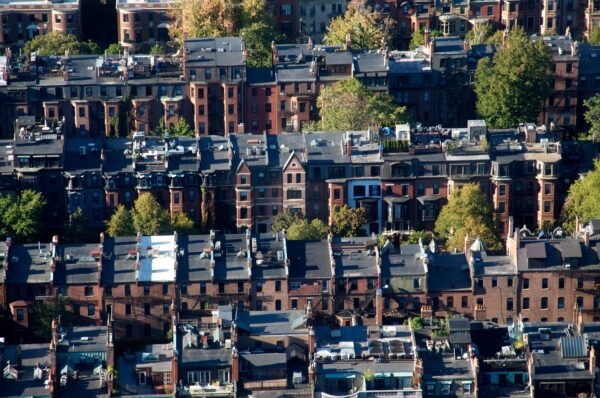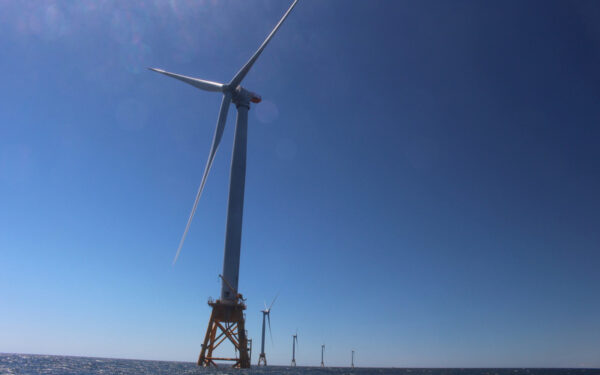The Truth about Renewable Natural Gas
Despite the fossil fuel industry’s greenwashing, “renewable” natural gas still pollutes the climate and hurts our health.

Despite the fossil fuel industry’s greenwashing, “renewable” natural gas still pollutes the climate and hurts our health.

Zeyneb Magavi is executive director of HEET, a Boston-based nonprofit (and a CLF partner) dedicated to spreading the gospel of geothermal energy. She sees geothermal networks linking hundreds of homes and businesses through pipes snaking deep underground as part of “an ethical and efficient thermal energy transition.”

If New Englanders hope to address the climate crisis, more of us must upgrade our old oil boilers and gas furnaces to electric heat. Our buildings are responsible for nearly a third of all the carbon pollution overheating our planet.

The Palmer biomass plant would harm Springfield residents and those in surrounding communities. It’s taken 10-plus years to stop it. After having their permit revoked, Palmer has appealed multiple times to have it overturned. CLF is going to court to protect Springfield’s right to clean air.

Fossil fuels are dangerous to workers and communities. Renewable energy is a safer alternative.

Seven guidelines for how North Atlantic right whales and offshore wind can share the sea as safely as possible.

The Salem Harbor site where a coal-fired power plant once stood is slated to become a clean energy offshore wind port terminal in 2026, launching New England definitively into a clean energy future.

New England’s last two coal-fired power plants will close by 2028 and the region will finally be free of this polluting, toxic, climate-changing fuel.

The carbon footprint concept was a clever marketing tool used by fossil fuel companies to spread the blame on carbon pollution.

CLF is suing Big Oil to protect communities from dangerous facilities.
